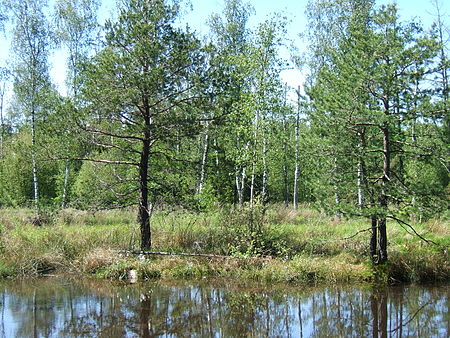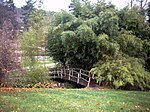Schönbuch

Schönbuch (Swabian: Scheebuach) is an almost completely wooded area south west of Stuttgart and part of the Southern German Escarpment Landscape (German: südwestdeutsches Schichtstufenland). In 1972 the centre zone of Schönbuch became the first nature park in Baden-Württemberg. A geological trail is located in Schönbuch nature park at Kirnberg and was created in 1977 on the 500th anniversary of the Eberhard Karls University of Tübingen. Several panels explain the sediments of the Keuper highland (shale, marl and sandstone) and the development of the Kirnbach valley. Today the 156 km² large reserve is referred to as Schönbuch whereas the original, more comprehensive area is usually called Schönbuch-Region. Schönbuch nature park is an important recreational area of the Stuttgart Region, also because it is only intersected by relatively few roads.
Excerpt from the Wikipedia article Schönbuch (License: CC BY-SA 3.0, Authors, Images).Schönbuch
Altdorfer Sträßle,
Geographical coordinates (GPS) Address Nearby Places Show on map
Geographical coordinates (GPS)
| Latitude | Longitude |
|---|---|
| N 48.583333333333 ° | E 9.05 ° |
Address
Altdorfer Sträßle
Altdorfer Sträßle
72074
Baden-Württemberg, Germany
Open on Google Maps








